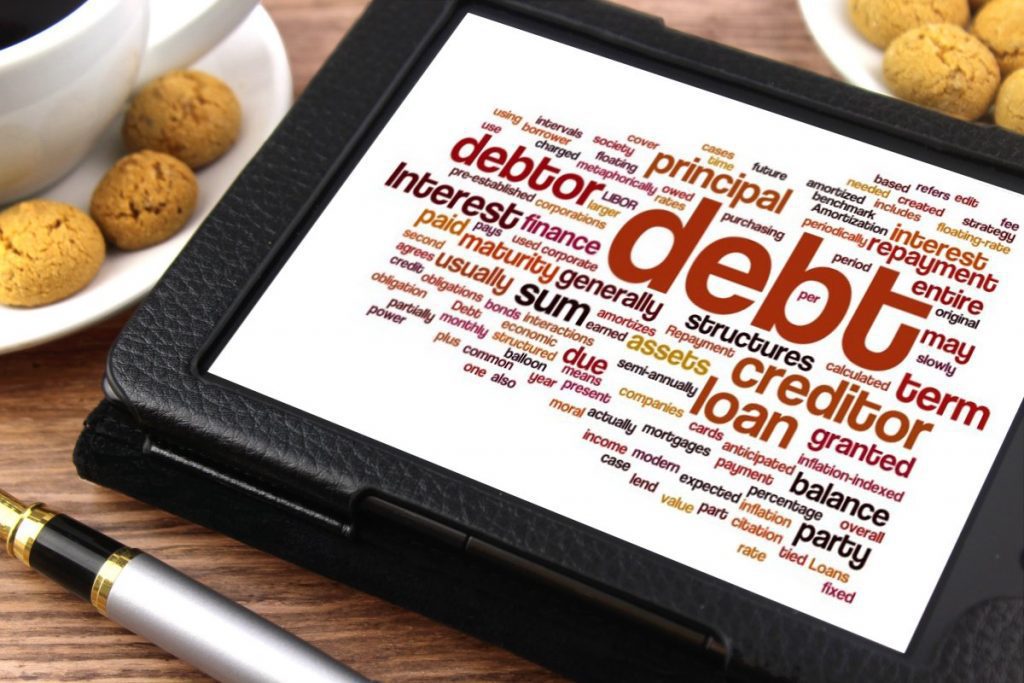
Debt can be very confusing; there is no questioning that. With so many different types of debt like student loans, car loans, mortgages, lines of credit and credit cards, it’s no wonder there is so much financial anxiety amongst the millennial population.
The problem is that many individuals, especially Millennials, choose to ignore dealing with debt due to lack of interest, lack of education or simply laziness. Unfortunately, debt is a part of life just as much as the water we drink and the air we breathe. Debt is all around us and it is likely that you will at one point in your life use debt to buy a house, purchase your first car or perhaps get an education.
Despite the apparent confusion and complexity surrounding debt, it appears that Canadians are no strangers to racking up large amounts of debt. An article recently published in The Toronto Star reported that the average household debt held by Canadians reached 167.3% of disposable income. In simpler terms, for every dollar of disposable income, Canadians carry $1.67 in debt. YIKES!
Given the increasing complexity and volume of financial products made available to Canadians, We at Hardbacon thought it might be useful to outline The Good, The Bad and The Ugly about debt.
The Good Debt
The basic rule of thumb in regards to “good” debt use is to use it to grow your wealth, or to invest in assets that help you do so. Two examples of how one can use debt to help build his/her wealth is investing in real estate, for which one would obtain a loan (mortgage) from a bank and investing in education, for which one would likely obtain a student loan.
Both of these options have a couple of things in common. The first is that both are capital intensive, meaning it takes a lot of cash. This explains why the majority of homeowners have a mortgage and why the majority of students use student loans to finance their education. The second is that both of these options typically lead to financial benefit in the long run. (I.e. they help you build wealth)
The Bad Debt
“The Bad” may be an inappropriate name for these next set of financial products. Lines of Credit, Consolidation Loans and Margin Accounts are all examples of debt that can provide financial benefit to individuals but can also financially cripple individuals to the point of no return. Perhaps a more appropriate name for this section would be “The Grey Area of Debt.” Nonetheless, individuals want to ensure they are using the following products responsibly.
Lines of Credit are loans offered to individuals who need access to cash that they do not have. Lines of Credit are used however an individual sees fit, which may seem fantastic but this can also provide opportunity for financial suicide. If you are using a line of credit to finance a house renovation that will increase the value of your home, your financial planner will be happy. If you are using a line of credit to finance a trip to Vegas to party with your friends…well then good luck at the Casino, you will need it.
Consolidation loans are another example of a debt “grey area.” Consolidation loans allow users to bundle their debt in order to have payments that are more manageable. Consolidation loans can be very helpful for those individuals who find themselves in debt from a variety of sources, whether they be lines of credit, investment loans or credit card loans. Consolidation loans have landed themselves in the debt “grey area” due to their ability to dilute investors’ incentive to pay down debt. How do they do this? Consolidation loans can lower the interest rate on your total debt owed but in doing so, they can discourage individuals from paying down their debt quickly. While consolidation loans can be an effective way to make your monthly payment more manageable, they can also work against you by alleviating some of your financial responsibility and allowing you to take longer to pay down your debt. The question is, can you handle the responsibility?
The last “debt grey area” individuals should be wary of are granted by brokerages when you open what we call a Margin Account. Put simply, margin accounts essentially mean you are borrowing to invest. How one profits from this is by have a higher rate of return on their investment than the interest rate charged on the account. Conversely, how one loses money is having a lower rate of return than the interest charged on the account.
Another risk associated with Margin Accounts are “Margin Calls.” Investors using margin accounts are typically required to hold a minimum percentage (usually between 25-50%) of their own money in the account, in order for the lender of the loan to protect itself in the event of a financial loss. Essentially, the lender is protecting him/herself by requiring the investor to take on risk as well. Depending on how well (or poorly) your investments are doing within the account, your invested capital may fall below this percentage. This will result in a “Margin Call,” in which your lender will require you to invest more of your own money to meet this percentage. Don’t want to pay? Too bad. The lender is then legally able to use any remaining equity to cover the difference. Sound like fun? Nope, didn’t think so.
Now what happens if you lose 100% of your investment? Not only have you lost your own money but you now owe money to your lender…and yes, they will charge you interest. Margin accounts are tricky because on paper, they often seem like a no-brainer. In practice…not so much. If you don’t believe me, check out this article explaining how one investor let margin investing go too far. Just be sure you understand that margin accounts amplify both returns and losses. See the dilemma?
The Ugly Debt
The “Ugly” side of debt is probably the easiest to explain. Earlier we concluded that “good” debt is any debt that allows you to grow your net worth and build your wealth. “Ugly” debt is exactly the opposite. Ugly debt slows down the rate at which one can build wealth. This sort of debt ties up liquidity (cash) that could otherwise be used to invest.
Examples of “ugly” debt include automobile loans and credit cards. Unless you live under a rock, you are probably aware that cars are a depreciating asset. This means that over time, automobiles typically decline in value. In other words, using a loan to purchase a car is essentially paying a premium price for a produce that will go down in value. (Doesn’t make much sense, does it?)
Credit cards are extremely convenient as they provide access to funds to individuals who may not have the cash available. The problem? The “funds” being made available to you belong to your future self. Therefore, any money you spend today will come out of your future earnings.
Canadians also need be wary of “Alternative Lenders” that offer consumer loans at higher rates than the major financial institutions. How do they do this? Alternative Lenders such as Mogo Money often advertise more attractive rates than banks, but those are just for people with a perfect credit score. Therefore, while promoting personal loans starting at 5,9%, Mogo Money’s rates can be as high as 45,9% for individuals not able to obtain a credit card from any one of the major financial institutions across Canada.
Many individuals with outstanding debt, low credit scores or low incomes can’t get a loan outside of alternative lenders. To make matters even worse, these lenders often charge much higher rates than the big banks, making it even harder for those low-earning, debt-ridden individuals to get ahead. This make those alternative lenders extremely dangerous. I think it would be safe to say that credit card debt, along with high interest loans from alternative lenders, are the “Ugliest” debt out there.
Use Debt, But Carefully
Trying to thrive financially in an increasingly complex and (at times) shady society can be difficult. Throw in the various debt products made available to Canadians and it becomes even more difficult. To put things simply, debt can be either an extremely useful or an extremely dangerous tool.
Good uses of debt are purchasing assets that will appreciate over time or generate long-term returns, such as real estate or post-secondary education. Bad uses of debt involve purchasing depreciating assets or consumable products that add no financial value to your life. These include automobiles, clothes, the newest iPhone, etc.
Need a rule of Thumb? Use debt to generate income and build wealth. If you are using debt for anything else, you are using it wrong.



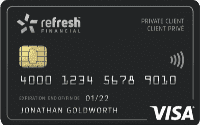
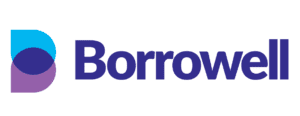
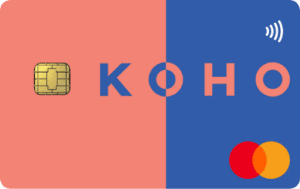
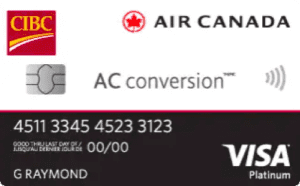






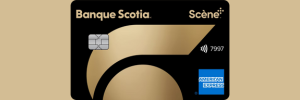

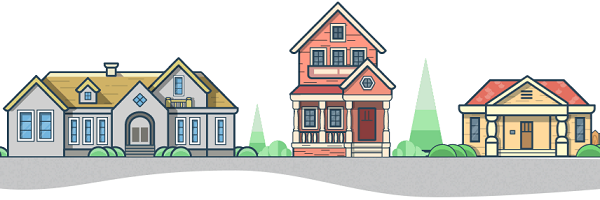

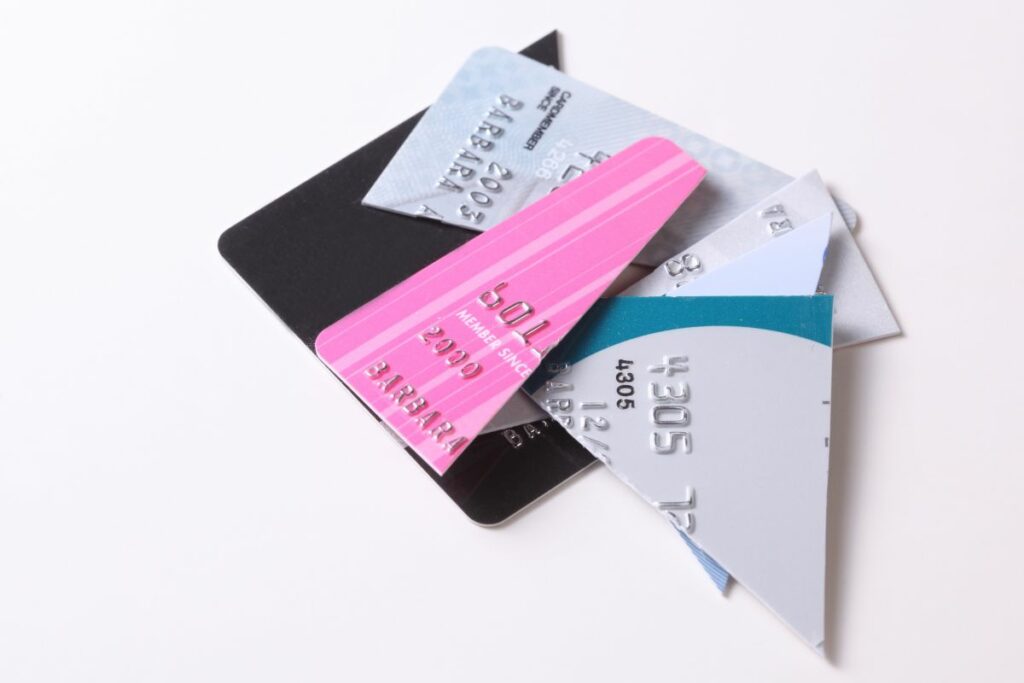




About The Author: Jamieson Westover, guest writer
Jamieson has a burning passion for personal finance and cutting through all the bullshit of the financial system. As a recent graduate in Economics and Finance, and as a current Business Analyst with Sun Life Financial, Jamieson continues to invest both his time and money in educating the people around him about money, money, money. Otherwise, he enjoys everything fitness, health and nature.
More posts by Jamieson Westover, guest writer